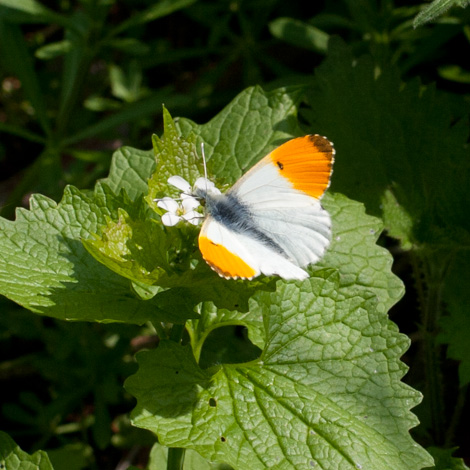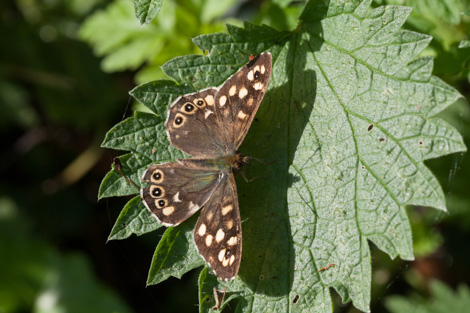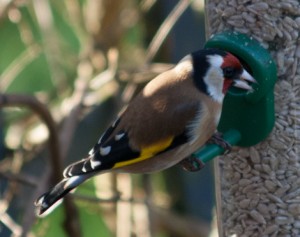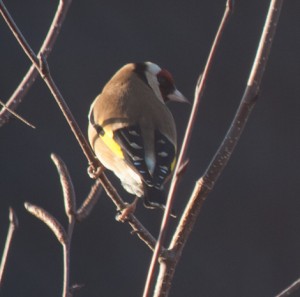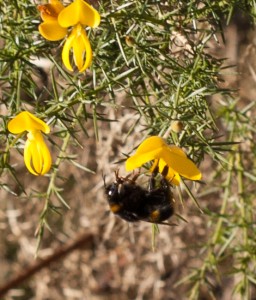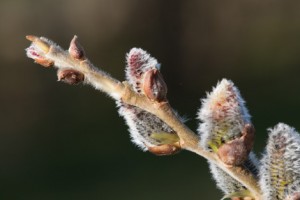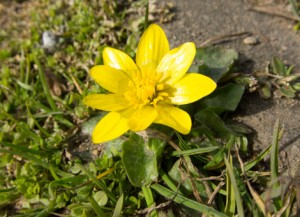Every year towards the end of January the RSPB ask members of the public in the UK to spend an hour counting the birds in their garden. Every year I have stood at my window for an hour in the morning, often before Mr Enviro-Mentalist gets up, to count my feathered friends. This year I nearly gave it a miss due to laziness as much as anything, nothing to do with cancelling my RSPB membership.
But, this afternoon I thought I would make the effort and watch the birds whilst I pottered about and caught up on a few things on the internet. But, once in front of the window I was hooked and I abandoned all thoughts of doing something else multitasking. I had to watch the birds so I could count them, otherwise I might miss one. It suddenly occurred to me that I couldn’t remember the last time I had spent more than 5 minutes just watching my back garden birds. They are usually just a distraction when making breakfast or washing up – particularly in the winter when it is dark for the majority of the time I’m at home.
So, I stood and waited and watched. Would the usual suspects turn up. Would I see more goldfinches than anything else? Not quite; the house sparrows won 6-5, but it was a close run thing and might be skewed by the fact that I could distinguish between male and female sparrows so didn’t need to see them all at once.
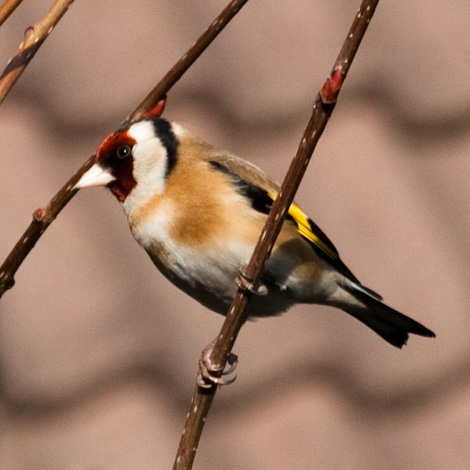
I found myself wondering why there was only one dunnock in the garden – usually there are two or three. Did I usually only see a male chaffinch in the garden in winter, would there normally be a female with him, or did she usually show up later in the year when he was in his spring finery. Were the two robins paired, is that why they tolerated each other? During some of the lulls in garden activity I found myself watching the jackdaws fly over, as well as the wood pigeons (I was hoping these didn’t land in the garden as I’d already had a pair in during the first half hour and they often stop other birds from coming in).
Other questions kept popping up – where were the greenfinches? In fact, when was the last time I saw a greenfinch in the garden? Did I usually ask myself this during the Big Garden Birdwatch? Perhaps I did or was it deja vu? I think maybe they turn up in the spring unless it’s a really cold winter. Why are there so few starlings? Do the goldfinches send scouts out to look for food then zoom in when one calls, or do they tend to have a particular path they fly round? Is it the same goldfinches that squabble, or is it one in particular that starts the fights. Is it an age/hierarchy or gender thing?
I noticed the startling that did appear made use of the pond for bathing, as did the blackbirds, but the sparrows had all discovered a seed tray that had filled with water that they preferred as a bath and for drinking. The robin has now learned to cling on to the fat ball feeder as have the sparrows, and the blackbirds continue to throw compost around the patio.
In the end, all the usual suspects put in an appearance except the blue tits. As I got towards the end of the hour, I debated whether they would show. It was unusual for them not to be in the garden. Sure enough, they turned up, but not until 30 minutes after I finished, so they don’t count for this year’s birdwatch.
With hindsight I realised that I should do this more often, call myself a naturalist? How am I going to check whether the new cats that appear have had a detrimental effect, whether the goldfinches are going up or down in number or the time of year when the greenfinches appear if I don’t keep a regular check? How am I going to answer any of the questions I thought of today? I feel like I’ve been missing out on my back garden entertainment. I might not have a garden that attracts red kites or woodpeckers like some garden birdwatchers do, but once you start looking even the sparrows become worth watching.
